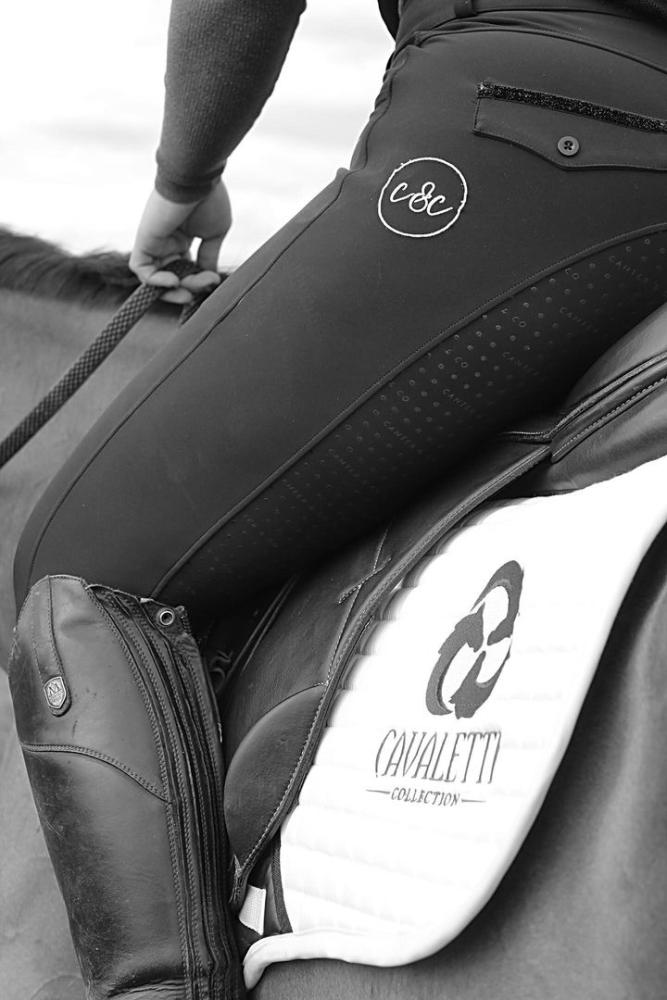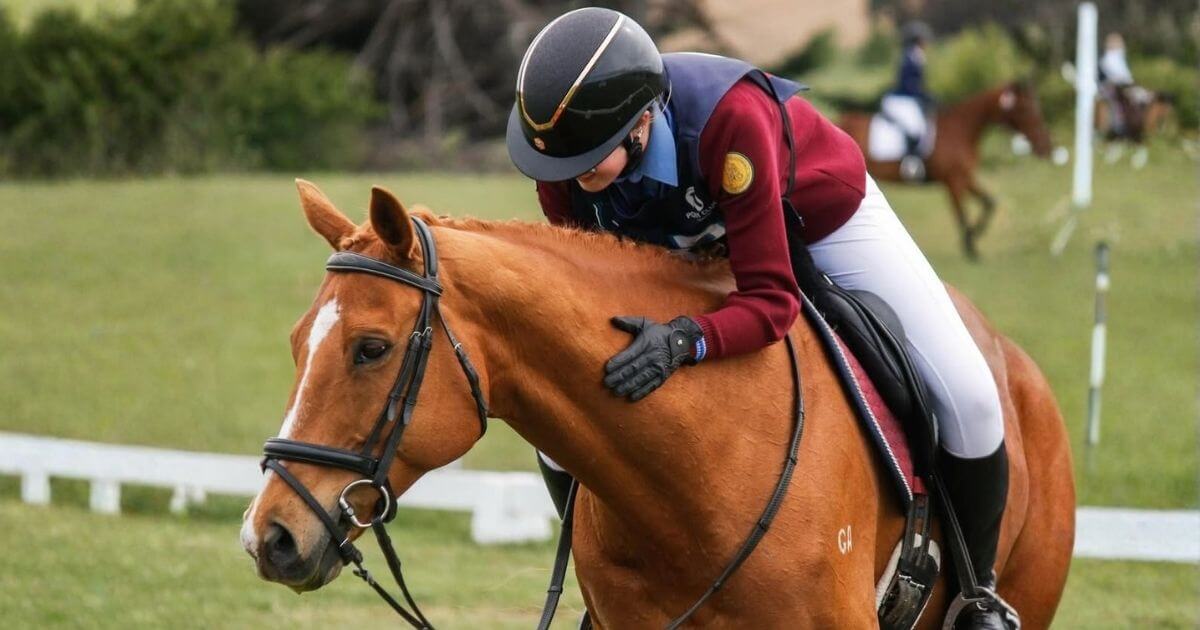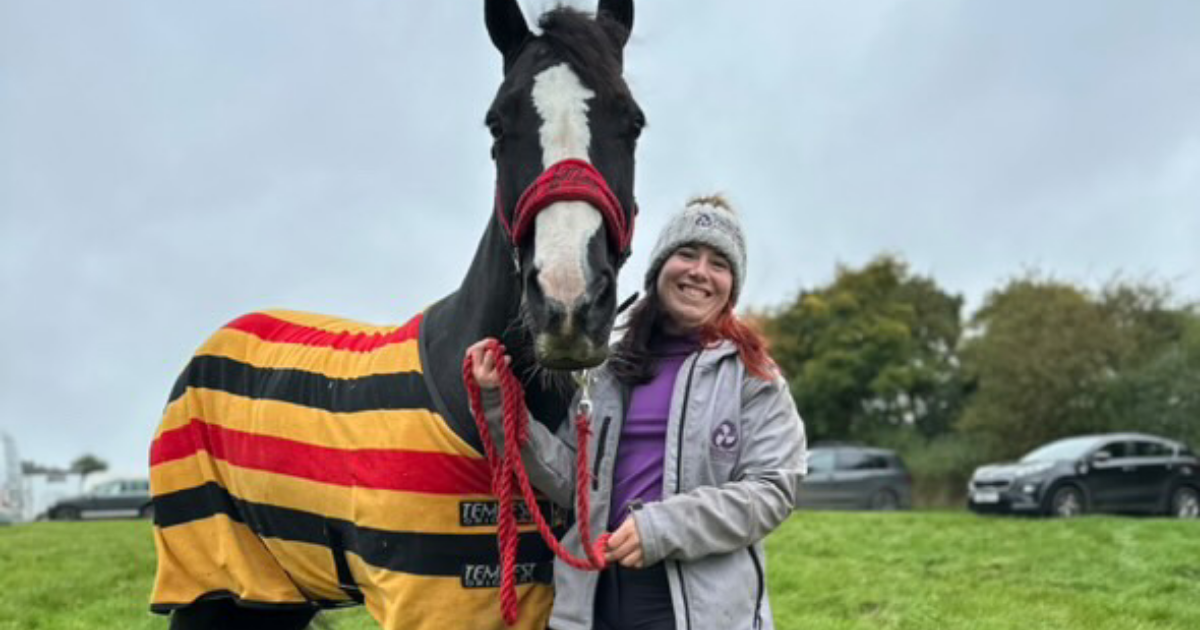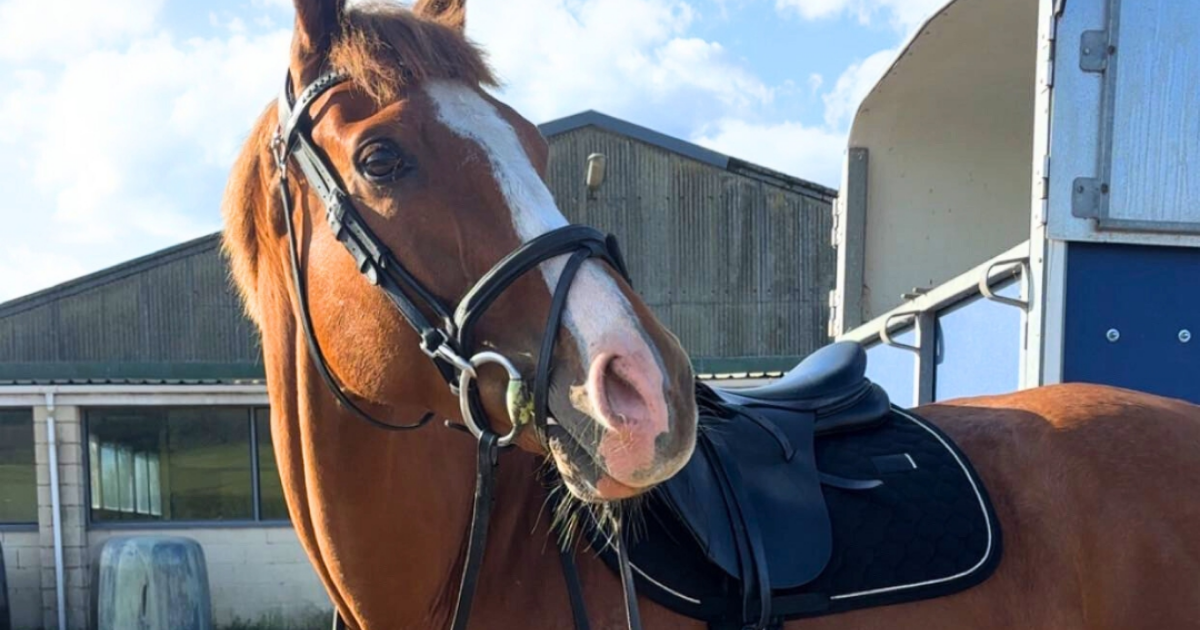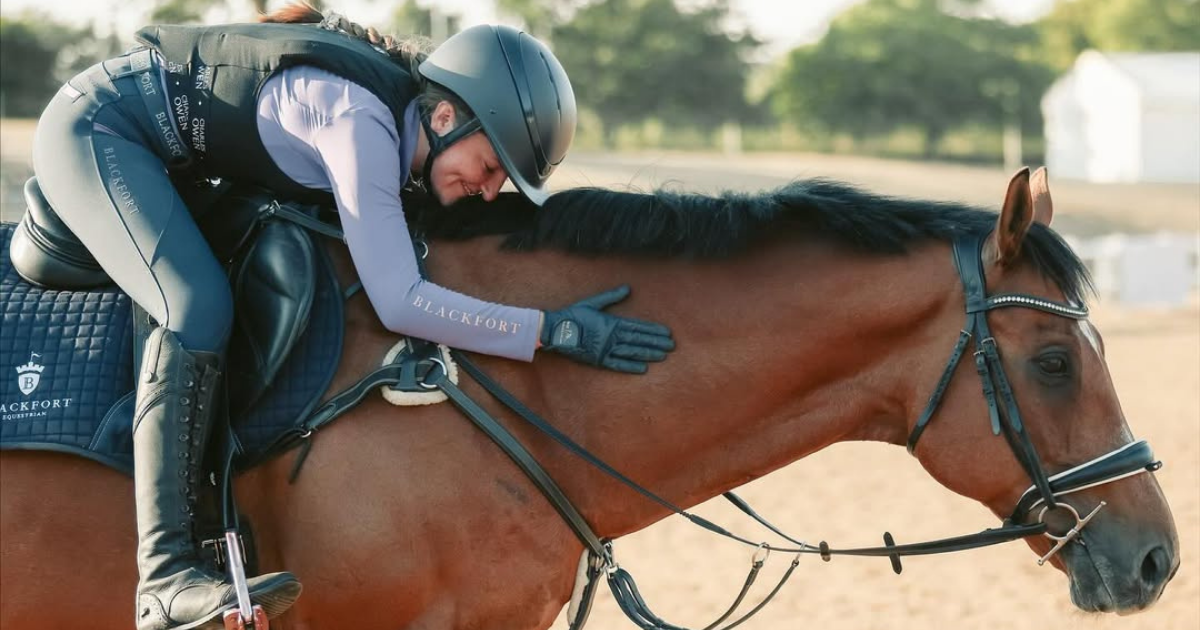What to Expect During a Saddle Fitting
What to Expect During a Saddle Fitting

Saddle fitting is a crucial aspect of ensuring both the comfort of the rider and the well-being of the horse. Understanding what happens during a saddle fitting session can help riders prepare and make informed decisions. Let’s explore the importance of a proper saddle fit, outline the detailed steps involved in the fitting process, and discuss the advantages of professional saddle fitting services.
Importance of Proper Saddle Fit
A well-fitted saddle is essential for maintaining your horse's health and performance. Properly distributing weight and pressure, a correctly fitted saddle prevents discomfort and potential injury caused by friction or uneven weight distribution. This ensures your horse can move freely and comfortably while supporting the rider's stability and balance.
Whether you're engaged in dressage, show jumping, or leisurely trail rides, a saddle that fits correctly enhances communication between rider and horse, facilitating precise cues and improving the overall riding experience.
Steps in Saddle Fitting
1. Initial Assessment:
The saddle fitting process begins with a detailed evaluation of your horse's anatomy. The fitter examines the horse's back shape, withers, and muscle development to determine the appropriate saddle type and size. This initial assessment is critical as it lays the foundation for a comfortable and supportive fit.
During this stage, the fitter may use specialised tools and techniques to measure the horse's back and withers, ensuring precise data for saddle selection.
2. Saddle Placement and Evaluation:
Once the initial assessment is complete, the saddle is placed on the horse's back without any padding. The fitter carefully observes how the saddle sits, ensuring it is level and balanced. They check for proper clearance over the withers and along the spine to prevent any pressure points that could lead to discomfort or injury.
The fitter may ask you to walk and trot your horse to assess how the saddle moves with the horse's motion and to ensure there are no restrictions or signs of discomfort.
3. Adjustments and Fine-Tuning:
Based on their observations during the evaluation phase, the fitter makes necessary adjustments to achieve the optimal fit. This may include adjusting the saddle flocking, changing the gullet width, or altering the angle to better suit the horse's conformation and the rider's position. These fine-tuning adjustments are crucial to maximizing comfort and performance during riding.
The fitter may also discuss saddle pad options or other accessories that can further enhance the fit and comfort for both horse and rider.
Advantages of Professional Saddle Fitting
Professional saddle fitting offers several key advantages that contribute to both rider satisfaction and horse well-being:
- Expert Knowledge
Professional fitters bring specialized expertise in equine anatomy and biomechanics to the saddle fitting process. They are trained to identify subtle fitting issues that can impact your horse's performance and overall health. By understanding how different saddles interact with your horse's unique physique, they can recommend adjustments that optimize comfort and minimize the risk of injury.
- Personalised Recommendations
Each horse is unique, and professional fitters recognise the importance of tailoring saddle choices to match your horse's specific conformation and your riding discipline. Whether you're a dressage competitor or a casual trail rider, personalised recommendations ensure that the saddle enhances your riding experience. This personalised approach also considers factors like rider weight distribution and riding style, further customising the fit for optimal comfort and performance.
- Access to High-Quality Saddles
Professional fitters have access to a diverse range of high-quality saddles crafted for various disciplines and preferences. These saddles are designed with advanced materials and ergonomic features to enhance both rider and horse comfort. Whether you prefer traditional leather saddles or modern synthetic options, professional fitters can offer choices that meet your needs while ensuring your horse's well-being.
Conclusion
Investing in a professional saddle fitting session is a proactive step towards enhancing your riding experience and ensuring your horse's well-being. A well-fitted saddle promotes comfort, stability, and effective communication between rider and horse, contributing to improved performance and enjoyment in the saddle. Understanding how to fit a saddle properly according to your horse's unique anatomy is crucial for achieving these benefits.
For expert saddle fitting services and a diverse selection of high-quality saddles designed to fit a saddle perfectly, visit Cavaletti Collection. Our team is dedicated to helping you find the perfect saddle fit that meets your needs and enhances your riding journey!




